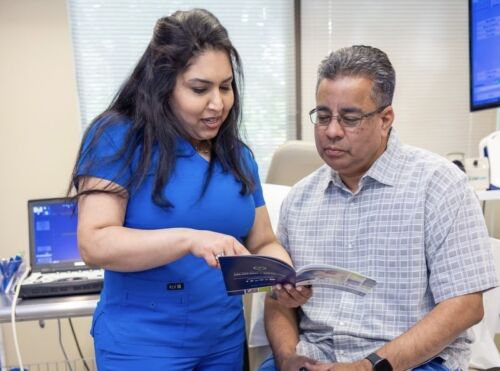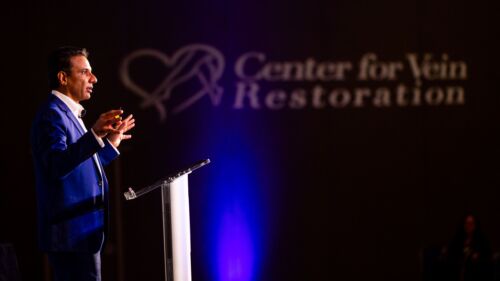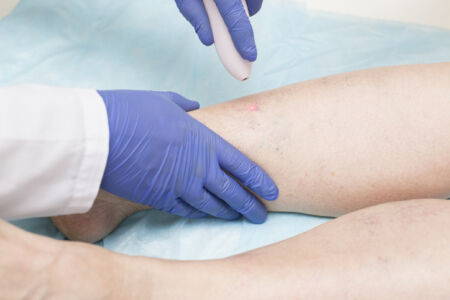Undergoing a medical procedure can seem intimidating. But leaving your varicose veins untreated can be scarier.
The pain and swelling of varicose veins can make everyday tasks difficult. Even so, many people with varicose veins hesitate to undergo surgical treatments for these swollen, twisted veins on their legs and feet. Instead, they opt for at-home treatments such as herbal remedies and essential oils to reduce the pain.
However, these therapies only provide temporary relief. The only proven method to eliminate vein disease is through varicose vein surgery. But don’t let the thought of surgery stop you from getting the treatment you need! Modern technology has evolved so that today’s procedures are quick and minimally invasive.
Below, we dive deeper into why varicose vein surgery isn't scary at all.
Varicose vein surgery isn’t as scary as it sounds
The consequences of leaving your varicose veins untreated are scarier than having varicose vein surgery. When you leave vein disease untreated, you’re putting yourself at risk of skin ulcers, blot clots, and life-threatening pulmonary embolisms. Avoid health complications by consulting your doctor about your treatment options. Today’s varicose vein surgery involves:
Minimal Pain. Varicose vein surgeries are considered minimally invasive. Typically, only tiny incisions and a thin catheter are needed to eliminate the diseased vein. Your doctor may apply local anesthesia, so you’ll feel no pain and will leave with only minimal temporary bruising and swelling.
Brief Office Visit. Long gone are the days of vein stripping and hospital stays. Today’s varicose vein surgeries are completed during quick outpatient visits that typically take no more than an hour. Common procedures include:
Sclerotherapy. A saline-based solution called a sclerosant is injected into the damaged vein. The sclerosant irritates the vein walls, forcing the walls to collapse and eventually fade as blood diverts to healthier veins.
Thermal Ablation. A catheter is inserted into the vein, emitting heat from either a laser or radiofrequency waves to destroy the affected vein.
Ambulatory Phlebectomy. The varicose vein is removed through two tiny incisions that won’t require stitches.
VenaSeal. A proprietary medical adhesive seals the diseased vein. No anesthesia is needed.
ClariVein. A rotating wire tip is inserted via a tiny incision. It dispenses a sclerosant medication that collapses the vein as it moves through the vein.
Short Recovery. You can return to your everyday activities immediately with few restrictions. However, you may want to avoid strenuous activities for a week as part of your recovery process. Slight bruising and swelling after the procedure is normal and should fade after a few days. Your doctor may also recommend you wear compression stockings to support blood flow in the calves.
Insurance Coverage. Varicose vein surgery isn’t considered cosmetic and therefore is covered by insurance. Our staff will help check with your insurance carrier before your procedure to find out what is covered and how much you will need to pay out of pocket.
We can treat your varicose veins
Center for Vein Restoration (CVR) has offices nationwide led by board-certified physicians who have years of experience treating vein disease. Contact your local CVR office today for a consultation, and start living a life free of varicose veins!

 About Vein Disease
About Vein Disease
 Spider Veins
Spider Veins
 Varicose Veins
Varicose Veins
 Vein Disease Treatments
Vein Disease Treatments
 Treating Spider Veins
Treating Spider Veins
 Treating Varicose Veins
Treating Varicose Veins
 About Us
About Us
 Patient Resources
Patient Resources
 Physician Resources
Physician Resources


